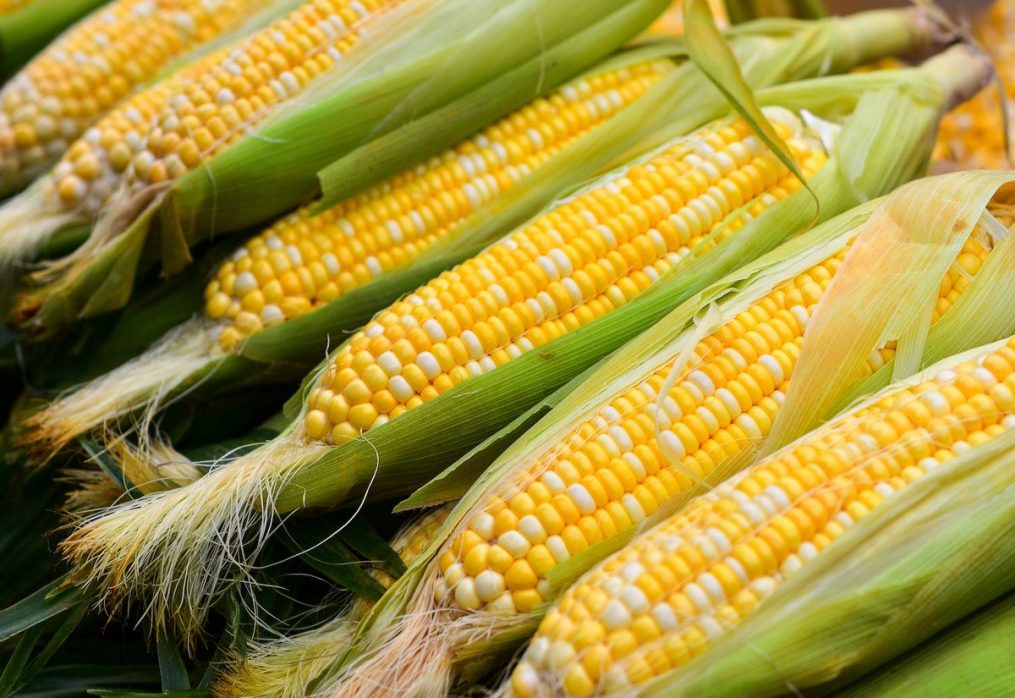Why U.S. corn is important to China: overview of the domestic market situation
U.S. corn is imported into China in large quantities
China is the world’s second largest consumer of corn, and now there is a shortage of grain on the domestic market. The reason for this was the increase in demand to provide feed for the pig population, which is growing intensively. One of the options to meet the need is American corn, the volume of imports of which they want to increase.
Experts predict that the Chinese market demand for the crop will continue to grow over the next few years. The fact is that the country has a limited amount of productive agricultural land, and they can not cover the volume of consumption, which is increasing every year. Therefore, the other day PRC authorities signed a contract with the U.S. for the supply of 1 million tons of corn, and this figure may be increased in the future. Interestingly, the increase in U.S. exports coincided with the time of the meeting of the two heads of state.
Grain is also used in the refining industry, which is growing. Feed production also requires a large amount of raw materials, but in this case it is partially covered by cheap local wheat of low quality and sorghum, which is supplied from other countries. But the oil industry requires only corn. Experts already note that imports of this crop in the country are reaching record levels, and will continue to increase. According to forecasts, grain supply by the end of this year will reach a mark of 40 million tons, for comparison, in 2020, this figure was 11 million tons. Last week, China bought 6 million tons of corn from the U.S., which contributed to the decline in grain prices.

In the northeastern parts of China, corn cultivation is decreasing and is being replaced by soybeans, which are also extremely popular in the country. The fact is that legumes are more profitable to grow, as their value on the market is higher than that of corn. Therefore, local farmers are interested in increasing the area under them, while the grain yield is decreasing.
The shortage of corn in China at the beginning of this year caused a real rush on local exchanges. Prices rose by an average of 40 percent and local feed producers began actively seeking suppliers.
The deficit on the domestic market forced the authorities to revise the policy in the food segment. Therefore, this season there will be a shift in priorities of growing certain crops in favor of strategically important ones. The priority is to ensure food security and reduce dependence on import supplies. However, with the existing volume of grain production, it is extremely difficult to do this so far.
